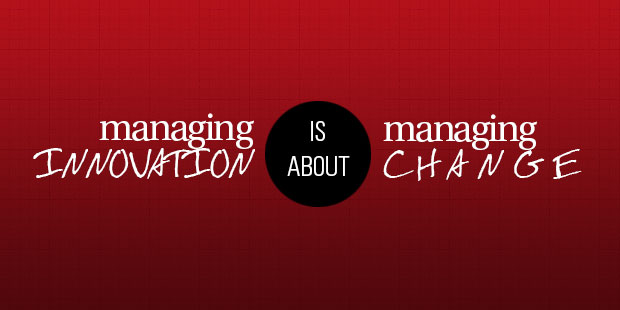
7 Elements of a Strategy for a New Leadership Position
I am a month on the job in my new church. It’s been challenging and fun at the same time. I’ve met so many wonderful people, but there are more opportunities than time it seems. I believe this is going to be a great ministry assignment. Thank you God for the opportunity.
Several have asked what my strategy has been in the opening days. If you know me at all you know that I’m pretty strategic. I promised earlier on this blog to walk though this process publicly. I hope it helps others who are in or will be in times of transition. I’m happy for you to learn from my mistakes.
Here are 7 elements of my strategy for the beginning days:
Get to know key leaders – I am trying to get to know the staff and key Influencers in the church. I believe God uses the influence of others to build His church, so I want to know who I will be working with in the days to come. Think of it this way. If Moses was implementing the Jethro method, his primary energy would need to be communicating and investing in those leaders he enlisted to lead others. I’m using that approach. If I hope to make any substantial changes I’ll need these influencers support.
Let people get to know me – For an introvert it’s been exhausting, but I’ve been very visible in the early days. In fact, in my ministry I’m usually always very accessible, just as I am online. I have written before that I may not always be available but I can always be accessible. I want them to feel comfortable with me and trust my leadership, so I think they need to see me frequently, even more so in the beginning days of my pastorate.
Set my initial vision – People want to know where I am going with my leadership. I set an initial 7 part vision for the people. I really wanted 3 or 4 initial initiatives, but I landed on 7. They are all things I’m passionate about implementing. Some will gets started faster than others, but the church seems anxious to get behind all of them.
Identify quick wins – I’m looking for some things I can immediately impact and change for good. These are things I believe everyone can agree with, don’t require a lot of resources or long debates. There were a few minor paperwork nuisances that impacted staff were happy I changed, for example. I invested some energy in some areas of ministry that never received a lot of attention. Those areas are especially excited.
Do the unexpected – It seems like such a small deal, but I roam the balcony on Sunday morning. It takes a little more time, but it has proven to be a big deal. I talk to the person who will be changing my slides on the screen prior to the service. That’s been a surprise to them. They say it’s never happened before, but it’s proven to be a big deal. I’m roaming the halls of the offices during the day, walking into people’s offices, and allowing drop ins to my office when I’m available. All unexpected, but bringing very positive feedback.
Pace myself – I realize I’m only one person and although everyone wants some of my time right now and there are more ideas than we could ever accomplish, I know I will burnout if I don’t pace myself. That’s meant I am saying no to some things…really many things. It isn’t easy to say no to such eager people, for me or them, but I know it will prove best in the end if I’m able to last for the long run.
Move slowly on the biggies – Being honest, there are some big items I’d like to change now. I am wise enough, however, to know that some changes are too big to launch quickly. I could. I’m in a honeymoon period. I could probably “get away with them”, but the people don’t really know me yet. I may win a battle, but lose the war. (Not that there is a battle. Just using a cliche. Why do I even have to say that?)
Read more from Ron here.

Tags: Hiring, Ron Edmondson, Staff, Structure













































